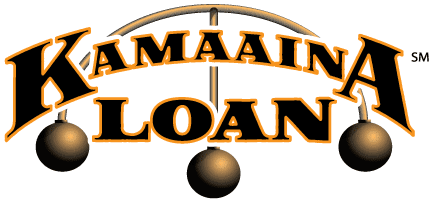Kamaaina Loan Cash for Gold is Maui’s oldest pawn shop, but it is not an “old pawn” shop. “Old pawn” is a special term in the business, used by pawnbrokers and dealers in the Four Corners area of the Southwest.
“Old pawn” may or may not have anything to do with what is usually called “pawning.” As used in the Southwest, it means older Indian-made items, usually jewelry but also any of the other things that the Navajo, Zuni, Hopi and other tribes made on their reservations and sold or swapped at trading posts.
After the Zuni learned silversmithing in the late 19th century, the skill quickly spread to the other tribes, but each group developed a distinctive method and style. In the early 20th century, there were few roads and no banks on the reservations. Indian families saved their wealth in the form of silver jewelry, often decorated with turquoise, coral and occasionally other stones or enamel.
The bracelets, concho belts, rings and necklaces were like a savings account. The families would sell their wool, hand-woven rugs or other produce to the traders, who would open a “charge book” where the value of the trade goods was set off against purchases of flour, cooking oil, cloth, tools, kerosene, canned goods and other necessities for life on a remote ranch. If the produce wasn’t enough to cover the bills, a family would deposit jewelry with the trader.
This was called “pawn,” although at least at some of the trading posts, like Wide Ruins, the traders did not charge interest. Pawning usually involves interest payments. Some items were left in pawn for years. Eventually, if the owner did not cover his account, the “pawned” item would be forfeited to the trader.
Today, “old pawn” means an Indian item (most often jewelry) that was either left as security for charge accounts or sold outright. Often, it is taken to mean jewelry made before the ‘60s, although it can apply to jewelry made anytime in the 20th century.
A related term, “dead pawn,” refers to items that really were pawned and not redeemed.
Dealers who are not pawnbrokers use the term “old pawn” to refer to older jewelry they obtained from traders or pawnbrokers, whether the item was ever actually used to secure a pawn transaction or not.
“Old pawn” is a regional term. It is not used by pawnbrokers elsewhere in the country, even though all pawnbrokers deal in old jewelry.
